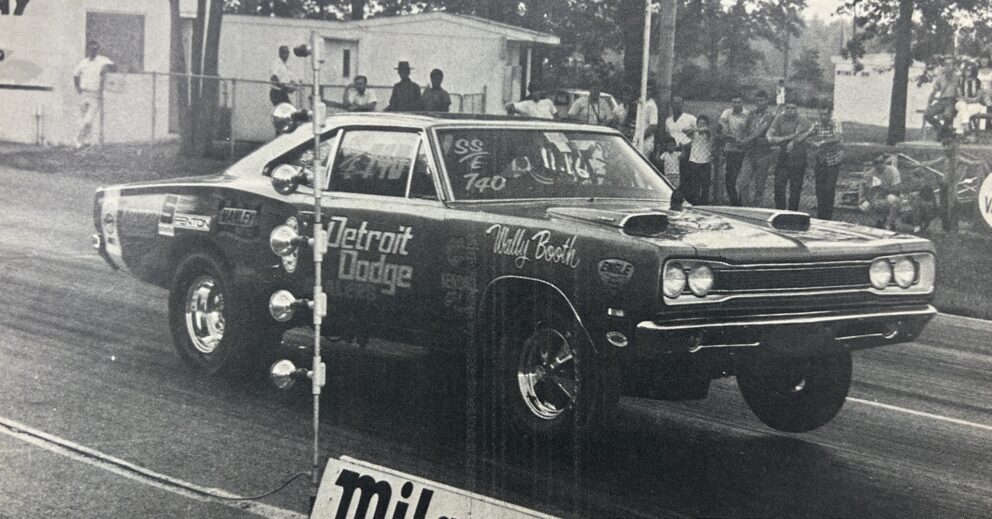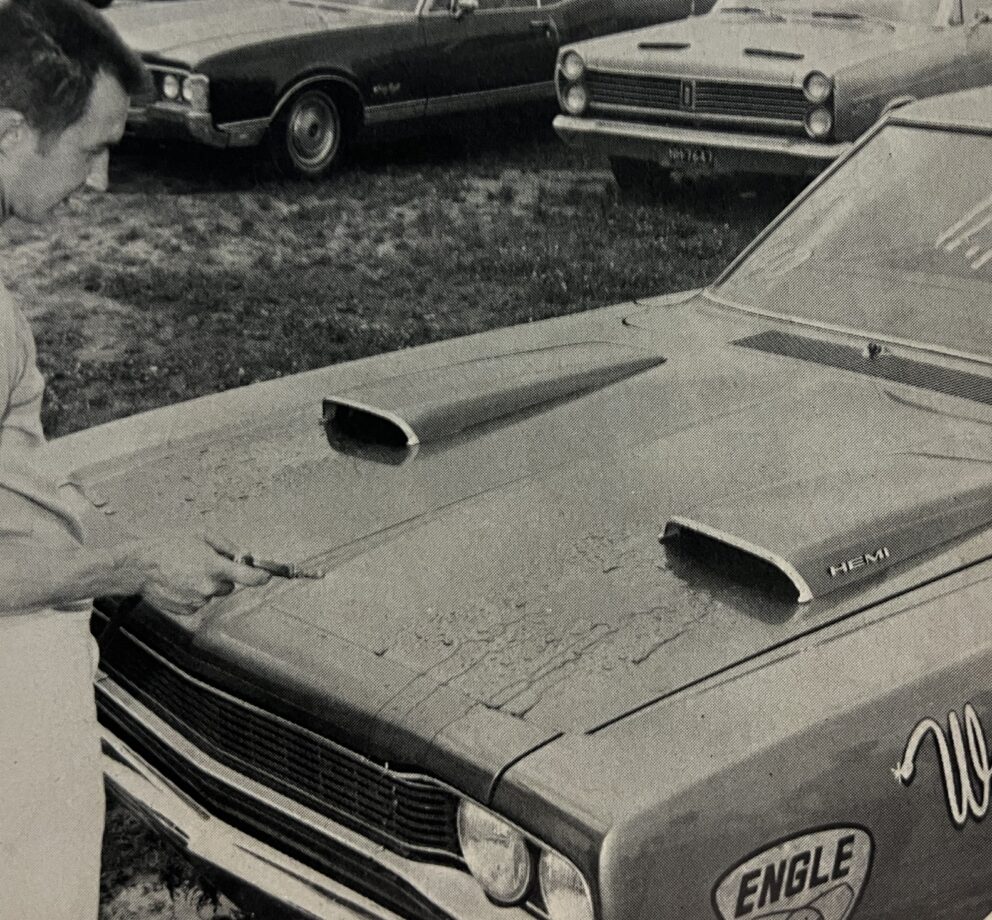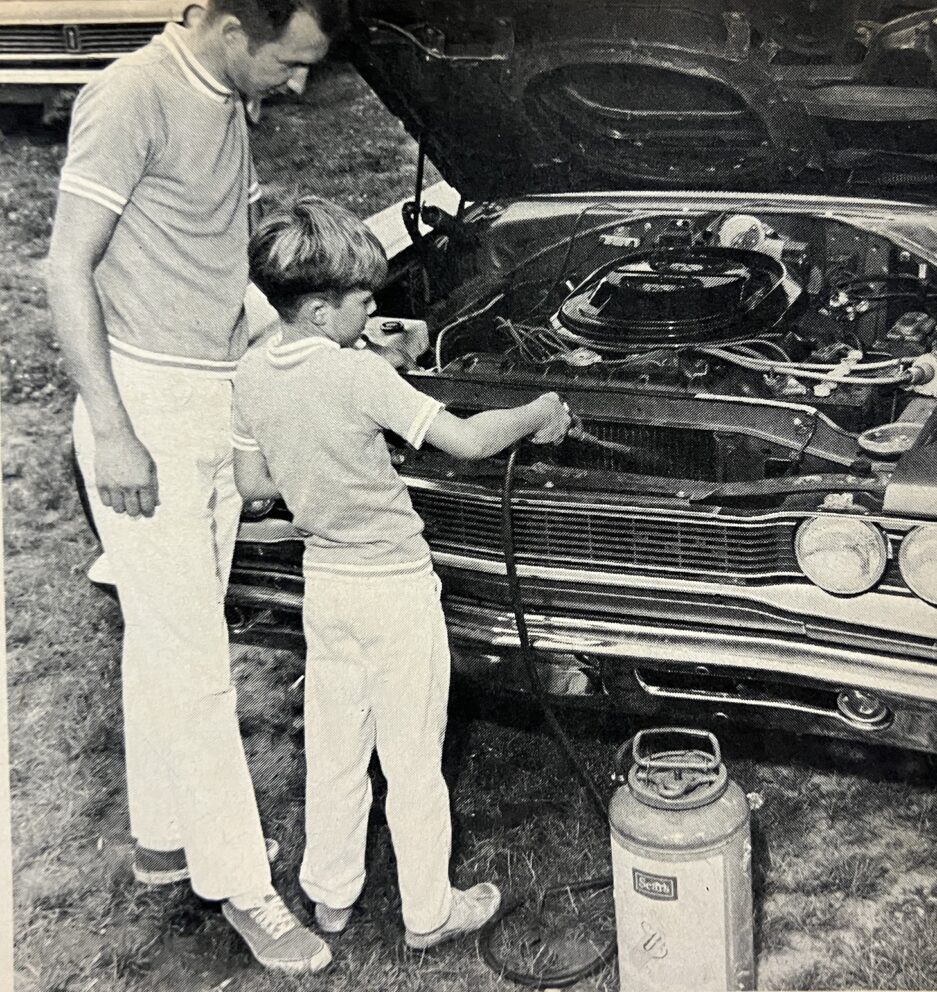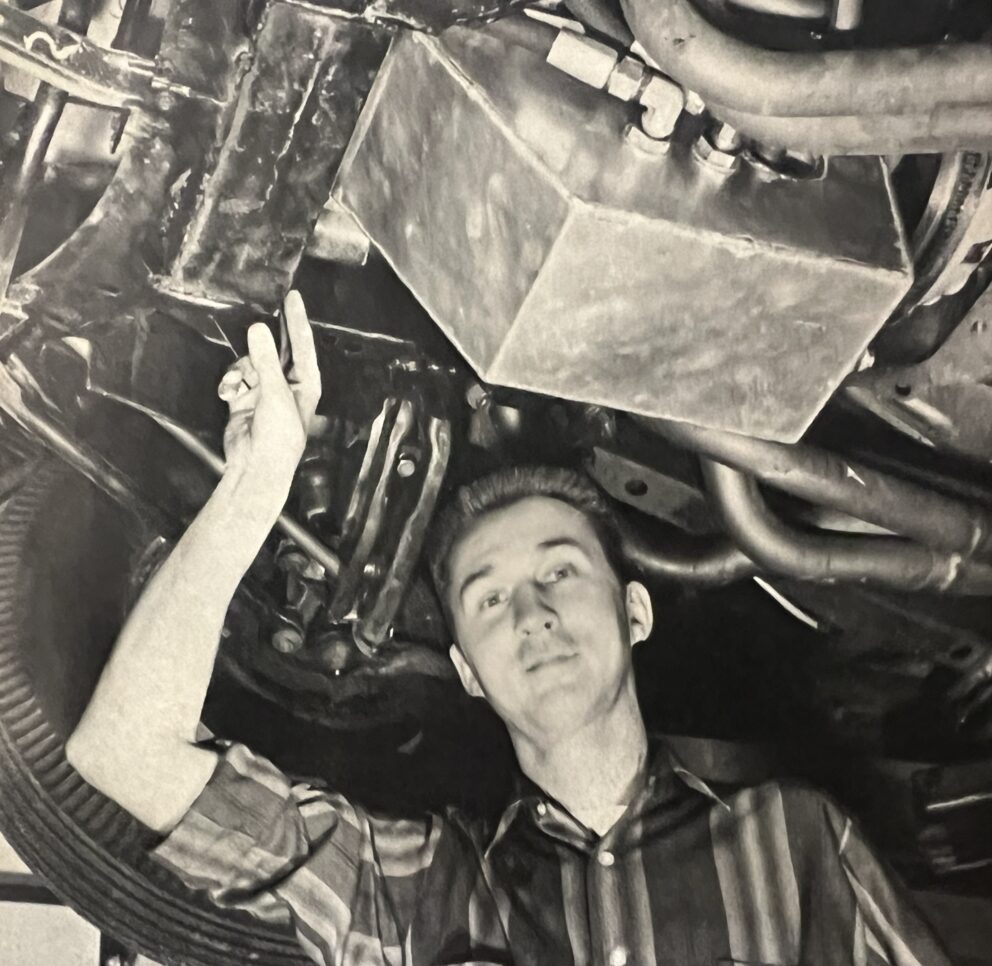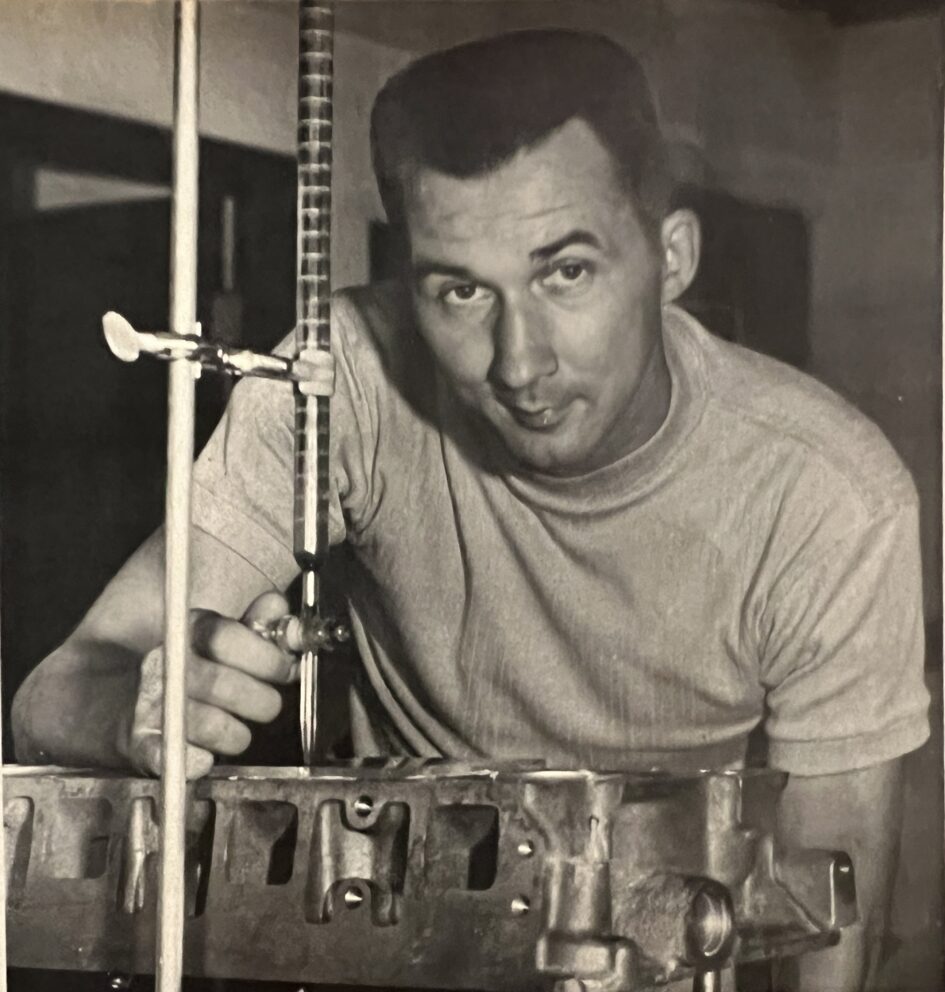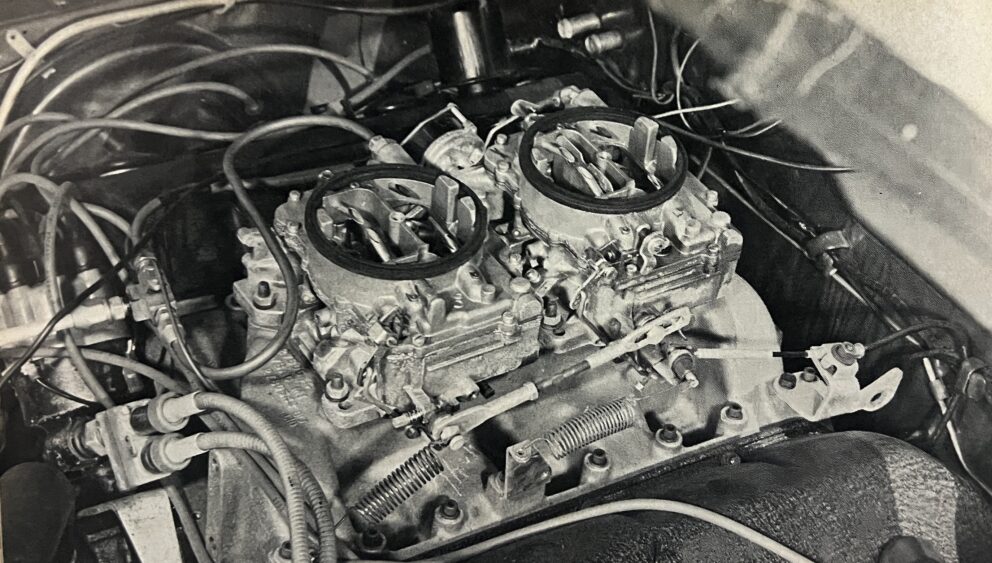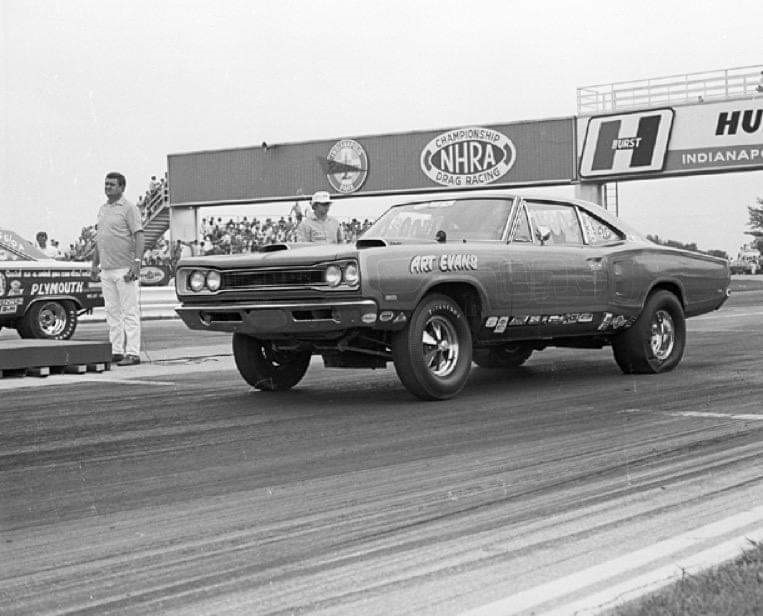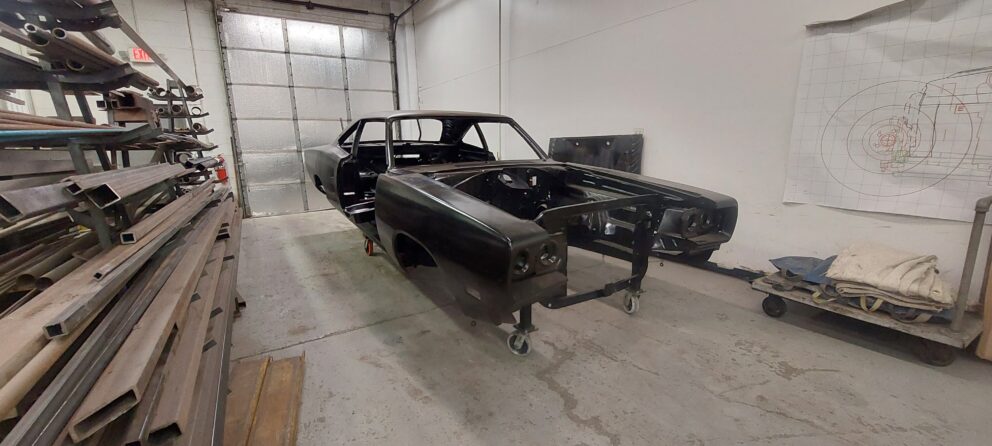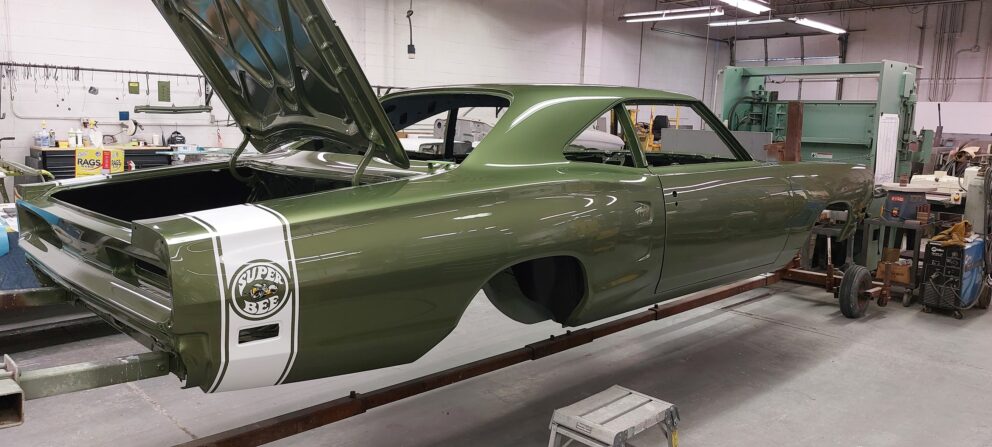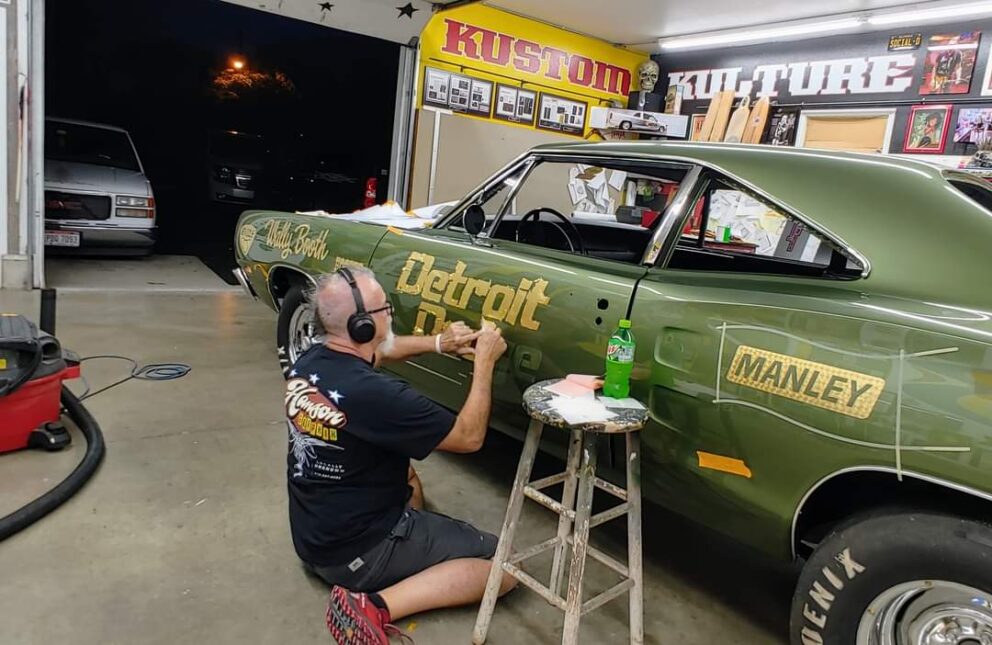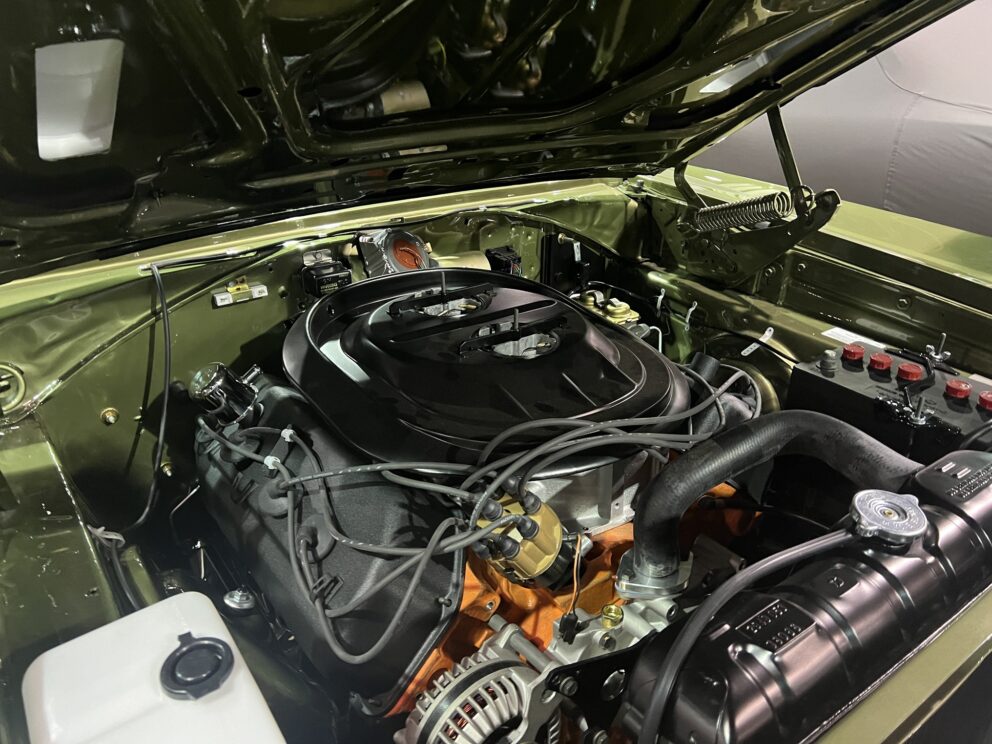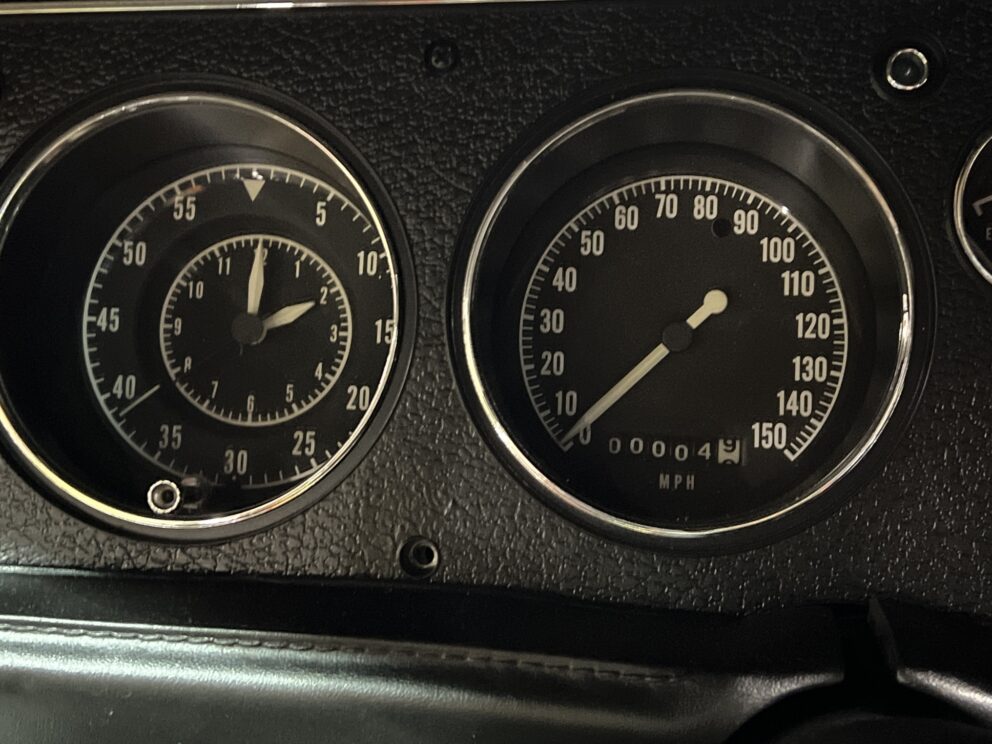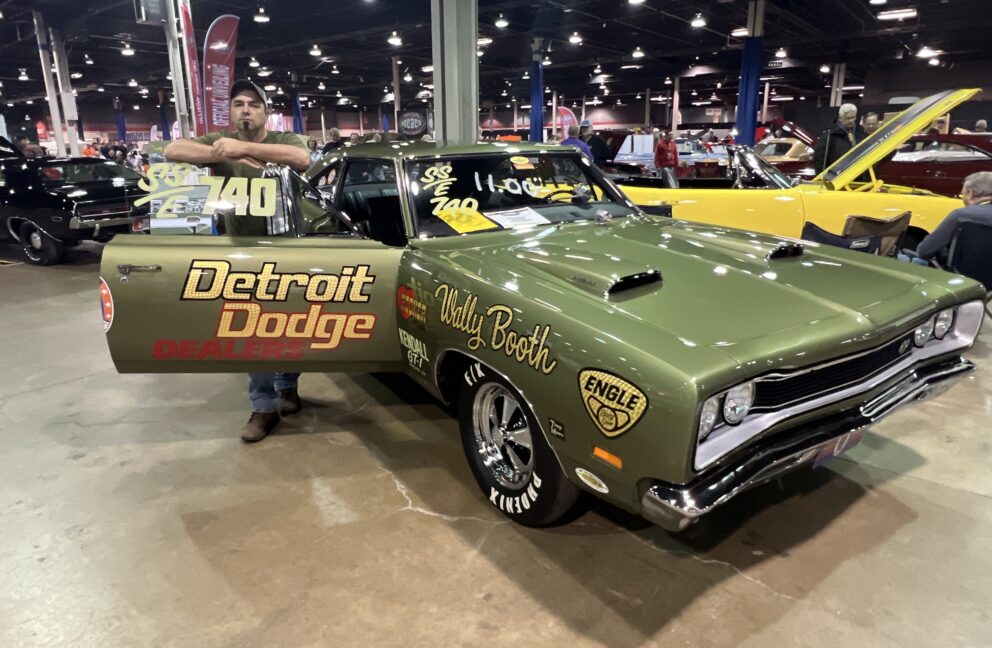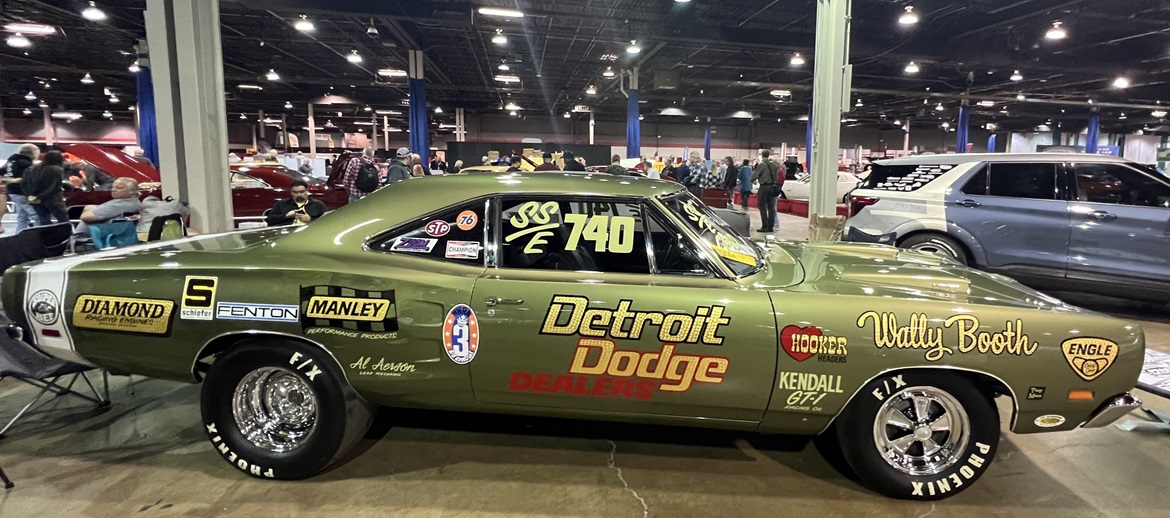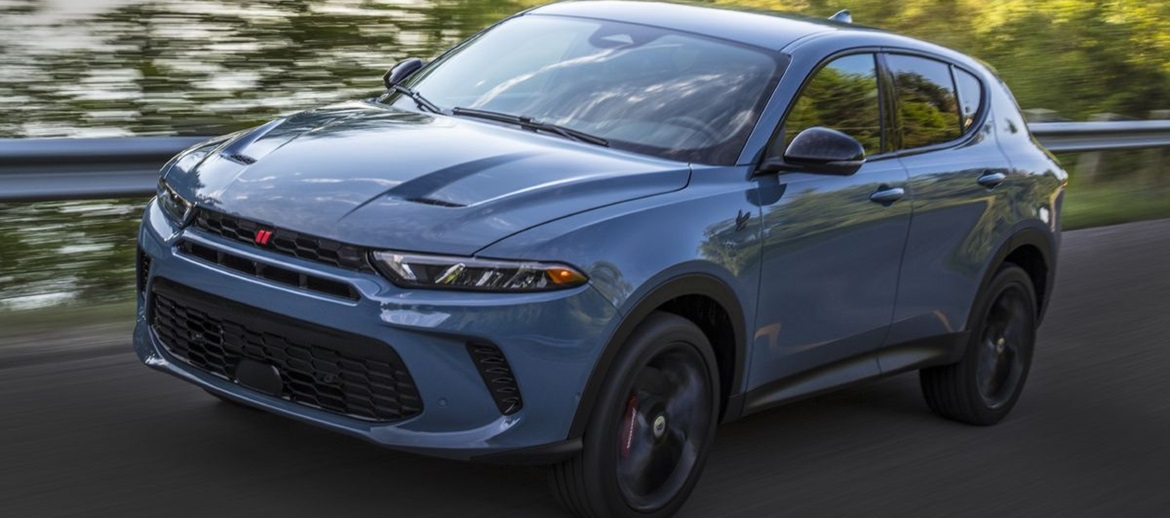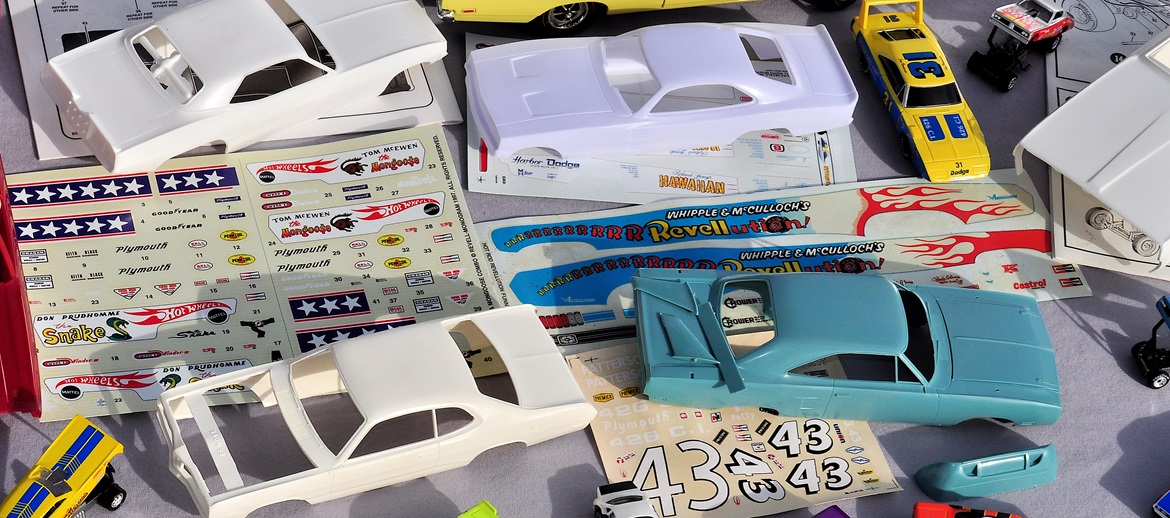Rare Super Bee Stings Again!
1 year ago Gallery Heritage
They say old drag race cars never die, they either get stuffed in a corner of a shop covered in dust or used as shelving units. Or in some cases, get stripped of their trick, exotic and carefully handcrafted parts to be used on another machine. One could say cars were early adopters of the whole recycling thing. Granted, old Super Stockers didn’t suffer the same fate as their street counterparts that got driven on salty roads through piles of snow and slush that accelerated the death dance of rust. Yes, many racecars were spared that fate of a slow, agonizing death, but still had to contend with abusive owners butchering body parts and the interior, and cobbling up the wiring to keep their machine competitive in the ever-evolving NHRA Super Stock class. Remember, these things were considered weapons of warfare despite the custom paint jobs and chrome mags. After all, these machines were just an instrument of quarter-mile supremacy. The story of this car from its glory days to sitting in a field, to its current caretaker is an interesting twist of fate.
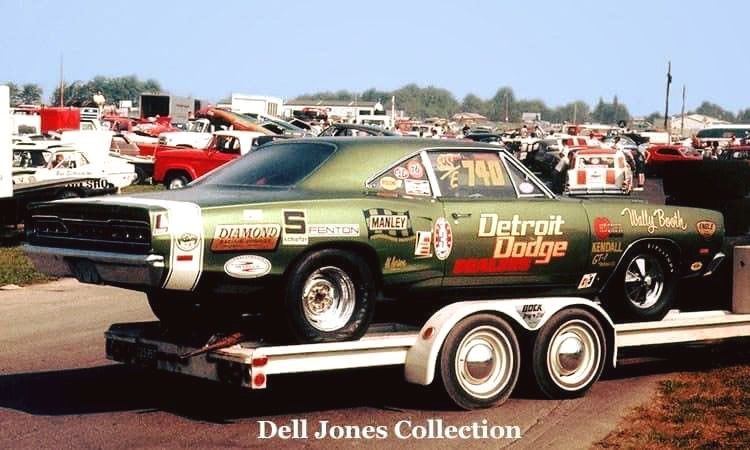
The story of this HEMI® engine-powered Super Bee begins in early 1969 when it was basically brand new and campaigned for one year only by Detroit area Chevy racer Wally Booth. Yes, that Booth. This is a guy who drove his 396-powered Camaro to a Super Stock runner-up finish against the victorious Arlen Vanke and HEMI Barracuda at the 1968 NHRA US Nationals, and years later put AMC Hornets in the Pro Stock winner’s circle. During the US Nationals, Wally was just an independent Chevy racer who had become a perennial thorn in the side of the well-funded Chrysler and Ford Factory Teams. Wally showed the drag racing world what a determined, independent racer working out of a one-car garage in a suburb of Detroit could achieve. So, why would Wally start a new adventure for the 1969 race season and switch over to a HEMI engine-powered Dodge after a successful season in his consistent 396 Camaro SS/E entry that earned him a runner-up spot against Arlen Vanke’s potent SS/B HEMI Barracuda at the highly coveted 1968 NHRA US Nationals?
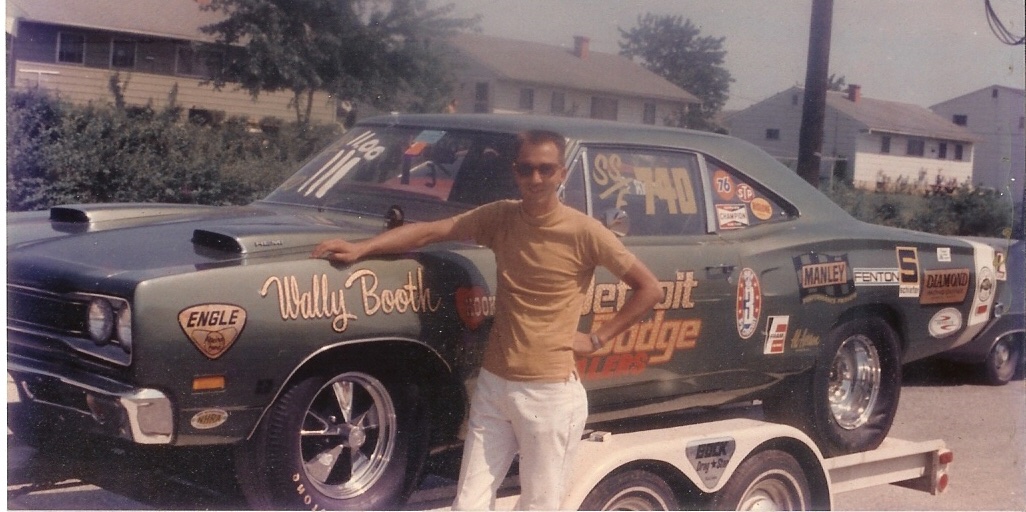
“Money was a major reason,” laughed Walley. “I was approached by Dodge to promote the Detroit Area Dodge Dealers Association and the new Super Bee. The NHRA Super Stock class was a great way to showcase Dodge’s latest muscle car. Once we agreed on a deal, I purchased a stripper 383 Magnum Super Bee with no options from Stanford Brothers Dodge in Lincoln Park. Since they had to order the car, I was able to pick no options and chose green for color. Since my Camaro was green, there was an old wife’s tale among oval track racers that green racecars were bad luck. I wanted to prove them wrong, and I did! I drove the car home from the dealer (Stanford Brothers Dodge) and began modifying it for Super Stock in my one-car garage in Lincoln Park (Michigan). Despite being a Chevy racer, many folks in Chrysler’s Race Group were very helpful, especially Tom Hoover. He gave us tips on building a Super Stock legal Street HEMI. At that time, I was working at Diamond Racing in Detroit and the Chrysler engineers always stopped over to exchange ideas. The Mopar® folks provided me with all the parts to convert the car to a HEMI, including an 18-spline trans and Dana 60 rear axle and the use of the new Dodge Station Wagon to use as a tow vehicle. My first NHRA event with the new car was the 1969 Springnationals in Dallas. We didn’t qualify, but came home, and went to work. We swapped out camshafts to the Isky 590 flat tappet style, the car picked up almost three-tenths immediately.” Wally ran the Bee until July/August when he was tapped by Ted Spehar to drive the infamous Iron Butterfly ’64 HEMI Dodge at the US Nationals. But before the Bee left his possession later that season, Wally ran several Match Races all over the country and made lots of money. “I did enjoy running the Chevys and beating them,” he smiled.
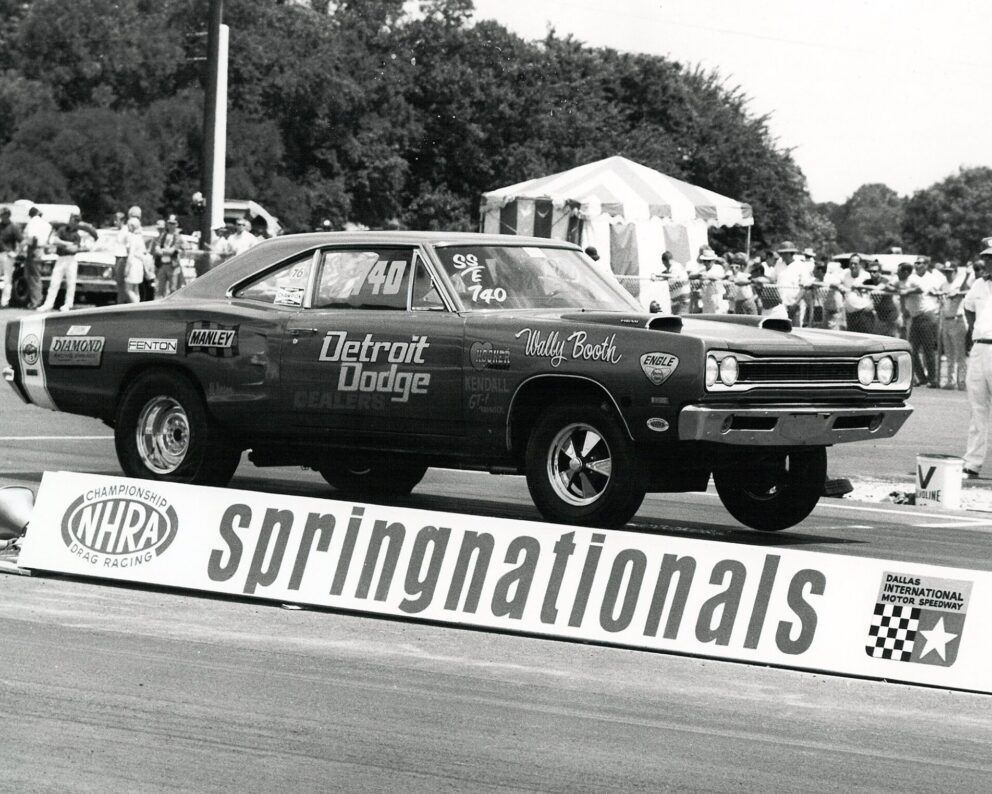
With the advent of the new Pro Stock class beginning in 1970, Wally want to race this new heads-up eliminator and since Chrysler already had its factory deals with Sox & Martin, Dick Landy, Arlen Vanke, Don Grotheer and others, there was no support for him to stay with Dodge. He reached out to Art Evans, the gentleman who bought Wally’s ’68 Camaro. Wally and Art did some horse trading and Wally got his Chevy back and Art was the proud owner of the Super Bee. While Art applied a custom “lace” paint job on the Bee, he raced it for a couple of seasons. Art eventually sold the car, and it disappeared somewhere in Indiana. How the Super Bee ended up in its current owner’s hands is an interesting tale. Around 2013, Mopar racer Josh King found the car in the town of Connersville, just east of Indianapolis. “I was driving down a country road and saw this green Coronet chained to a truck in a field. I did a quick U-turn and had a closer look. The owner wasn’t quite sure of the car’s history other than ‘some famous drag racer owned it at one time’ and that’s all he recalled. We ended up buying the car and after doing some research, found out it was Wally Booth’s old Super Bee that he raced in 1969. Wanting to make sure of our findings, we took some pics of unique modifications done on the Bee and met up with Wally (Booth) at the MCACN (Muscle Car and Corvette Nationals) show after we bought the car. He confirmed it was his old Super Bee,” noted Josh. Because of the rarity of the Super Bee, Mopar Collectors Guide did a feature on it and that’s when Dave Belcarz spotted it and reached out to Josh. “When I bought the car from Josh, the Bee had no engine or trans, but the body was in remarkable condition and wearing its second lace style paint job.”
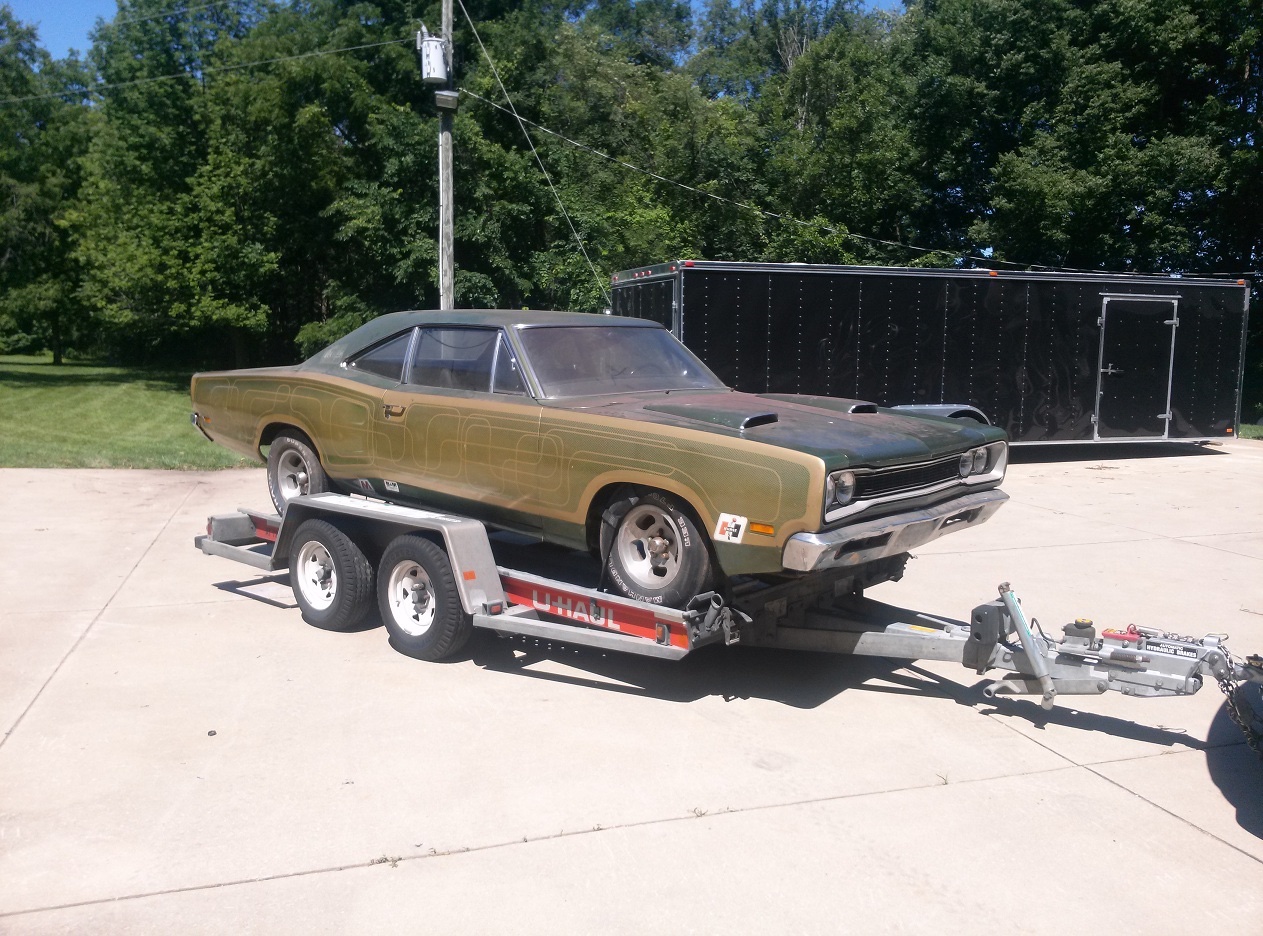
After swapping hands and owners over the past five decades, this Super Bee finally ended up in the hands of Dave Belcarz. He did own it years ago but like many of us, he regrettably sold it but always kept track of its whereabouts. When the opportunity popped up to own the rare Bee once again, Dave didn’t hesitate and captured it before it flew away. Before you think he’s from the “Boomer Generation”, think again. Dave’s only 39 years old and his youthful looks still get him carded when he’s picking up a six-pack of his favorite brew. He’s been a devotee of vintage Mopar vehicles ever since he could walk. Blame his love for these tire-burning, fuel-gulping, brightly colored machines on his father who passed on his DNA of the high-horsepower Dodge and Plymouth muscle cars into the fibers of Dave’s brain. A full-time technician at the massive Marathon Oil Refinery in southwest Detroit, Dave began stalking this Super Bee while thumbing through an old copy of Popular Hot Rodding Magazine from 1970 and it had a really nice article about this Super Bee. “I was always enamored with this car. A 1969 HEMI Super Bee with a four-speed racing that was built to race Super Stock. The fact the car sold new at a Dodge dealer in Lincoln Park (Michigan), the area I grew up in, combined with the fact my dad also had a green 1969 Super Bee when I was a kid, made me want this particular one even more. It was the best of both worlds, to have a car that looked like my dad’s, but was also a local racecar,” exclaimed Dave. The icing on the cake that fueled Dave’s quest for this particular Super Bee is it was owned by a legendary Detroit racer Wally Booth who burst on the national scene in the late 1960s and early ’70s.
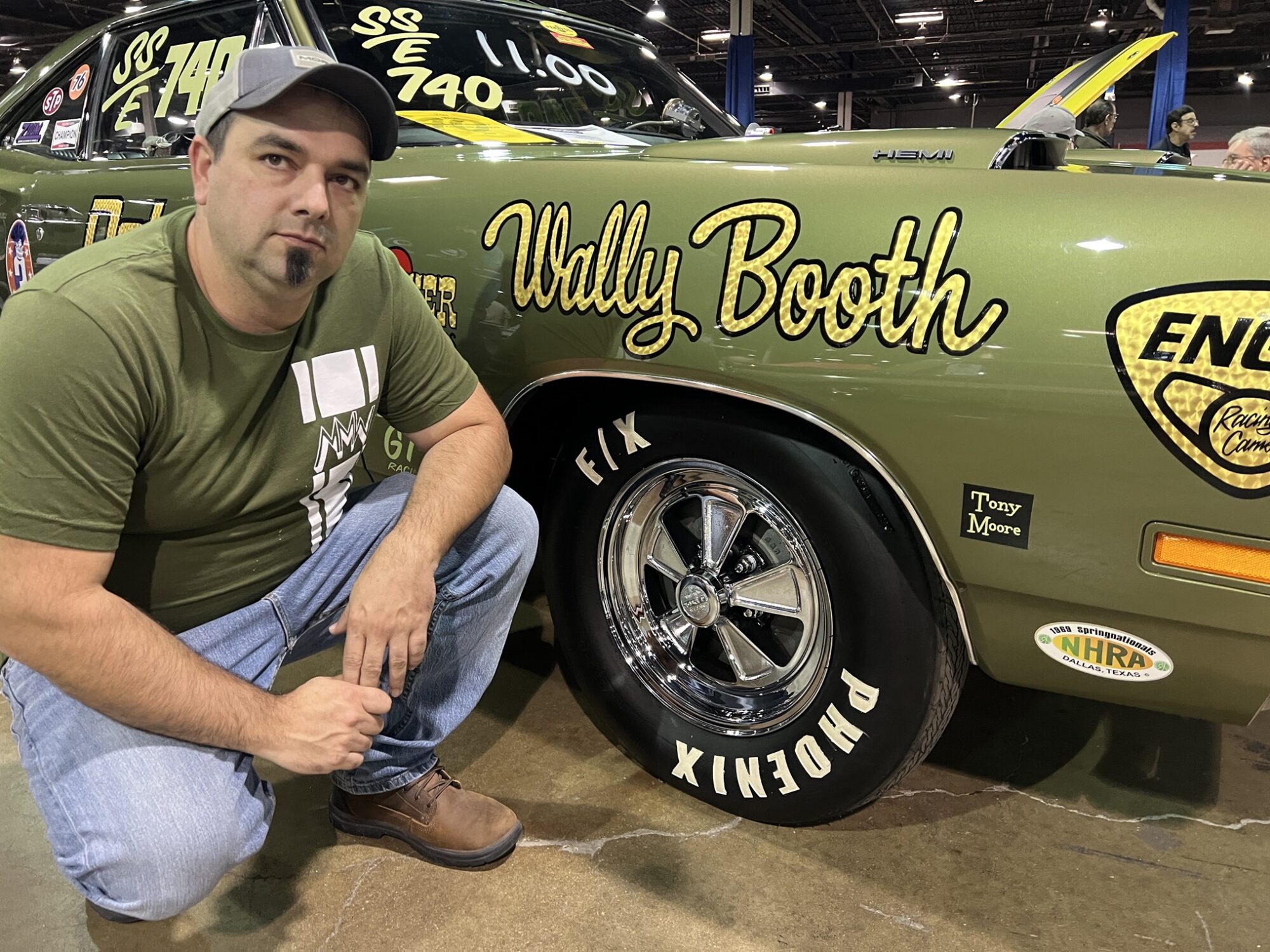
Now in Dave’s hands for the second time (and hopefully the last), he began a full-on restoration of the Super Bee. While any restoration on a vintage muscle car is a daunting task, racecars are even tougher. Searching out era-correct mags and aftermarket parts like tachometers, shifters and even vintage decals to bring the car back to its “as-race” condition. It’s like the quest of Indiana Jones as he searched for the Lost Ark. One of the biggest challenges for Dave during the Super Bee’s extensive restoration process was locating the correct Fenton Shark front wheels. “When Wally ran the car, it had a sponsorship by Fenton Wheels out of Gardena, California. Unfortunately, the Fenton Shark front wheels went out of production in 1971 and the company folded decades ago. They’re nearly impossible to locate used and it took me about two years to find two different wheels just for the correct center section and in the Chrysler bolt pattern. We had to do some serious modifications to make these wheels usable and had to be creative in restoring them. I also had to get creative on the rear chrome reverse wheels. I also found some of the vintage speed equipment on eBay of all places,” said Dave.
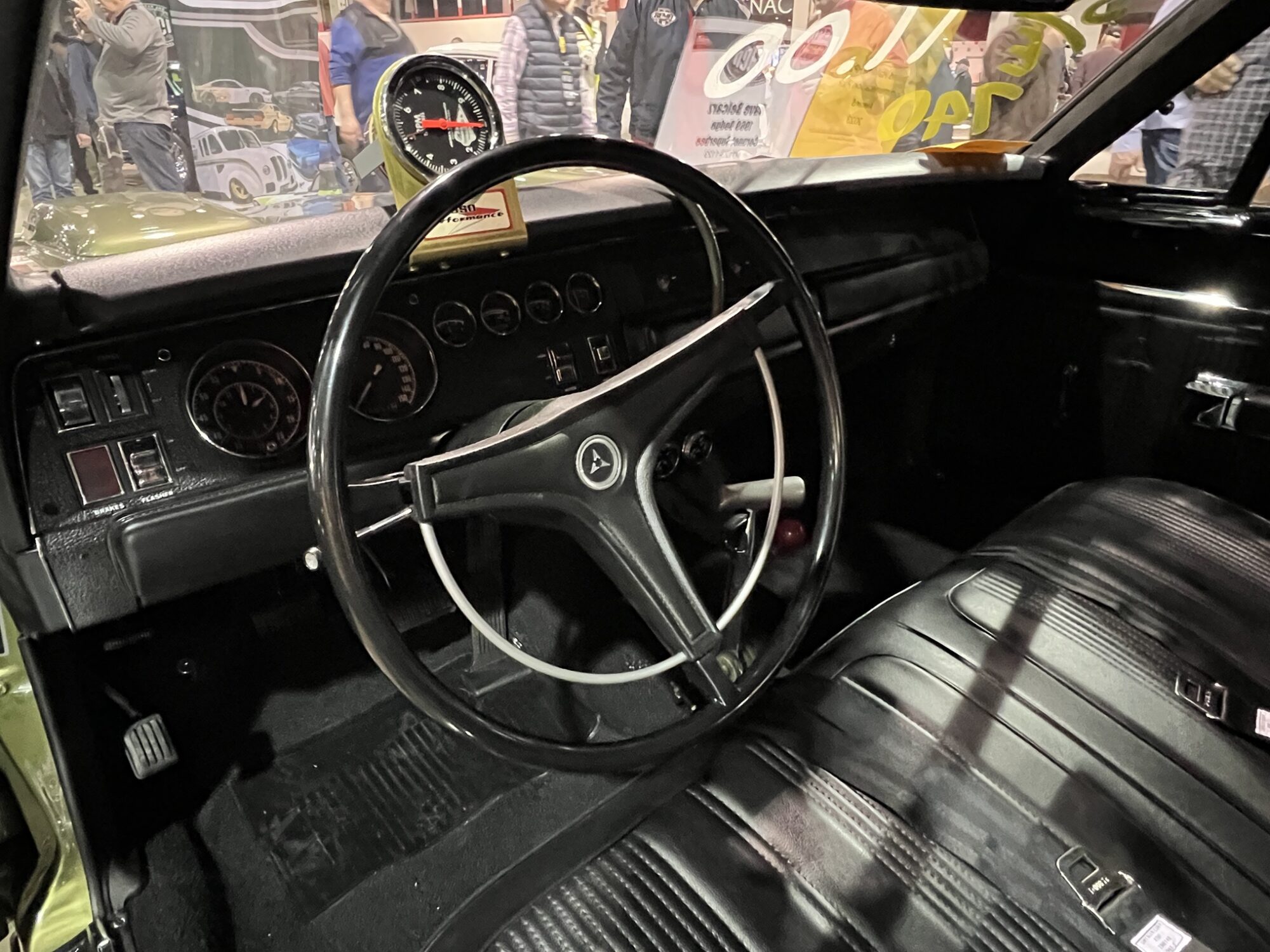
To make the debut at the 2023 Muscle Car and Corvette Nationals (MCACN), Dave just mocked up an engine, but future plans call for a big-inch HEMI engine built by Dave Dudek to give the car more attitude and sound nasty. But for this project to come together in record time, it takes a village. “My mom, dad, older brother and girlfriend gave me a lot of support while Todd Hansen did the awesome gold leaf lettering, and my longtime friend Tony Moore did a lot of mechanical work. If it wasn’t for these folks, the car would not have made it to MCACN, and I owe a lot to them,” said Dave.
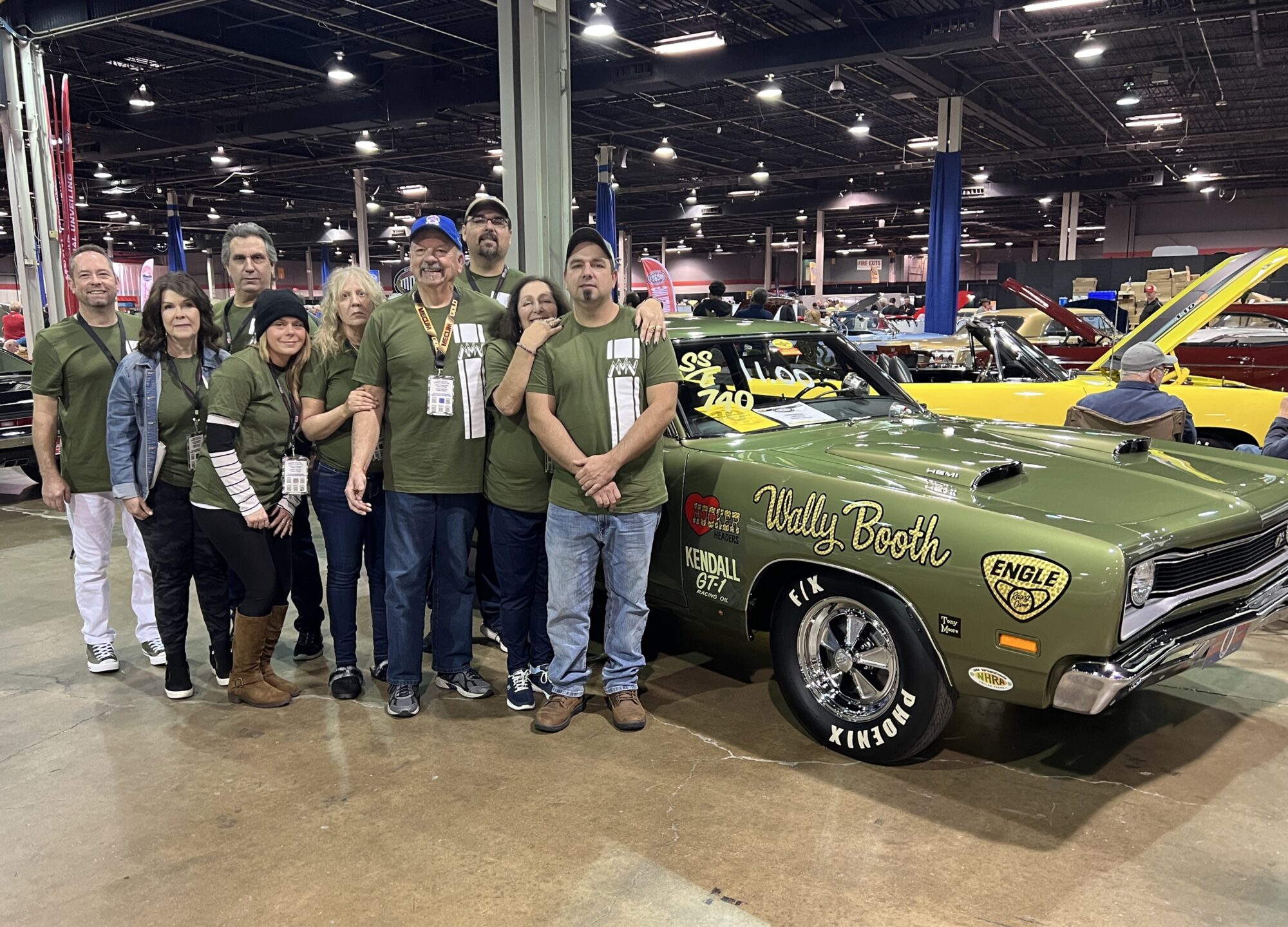
This Super Bee may have flown off and escaped Dave’s custody years ago, but he retrieved it and will never let it out of his sight. Check out cool pics of this badass Bee from its early day until now!
